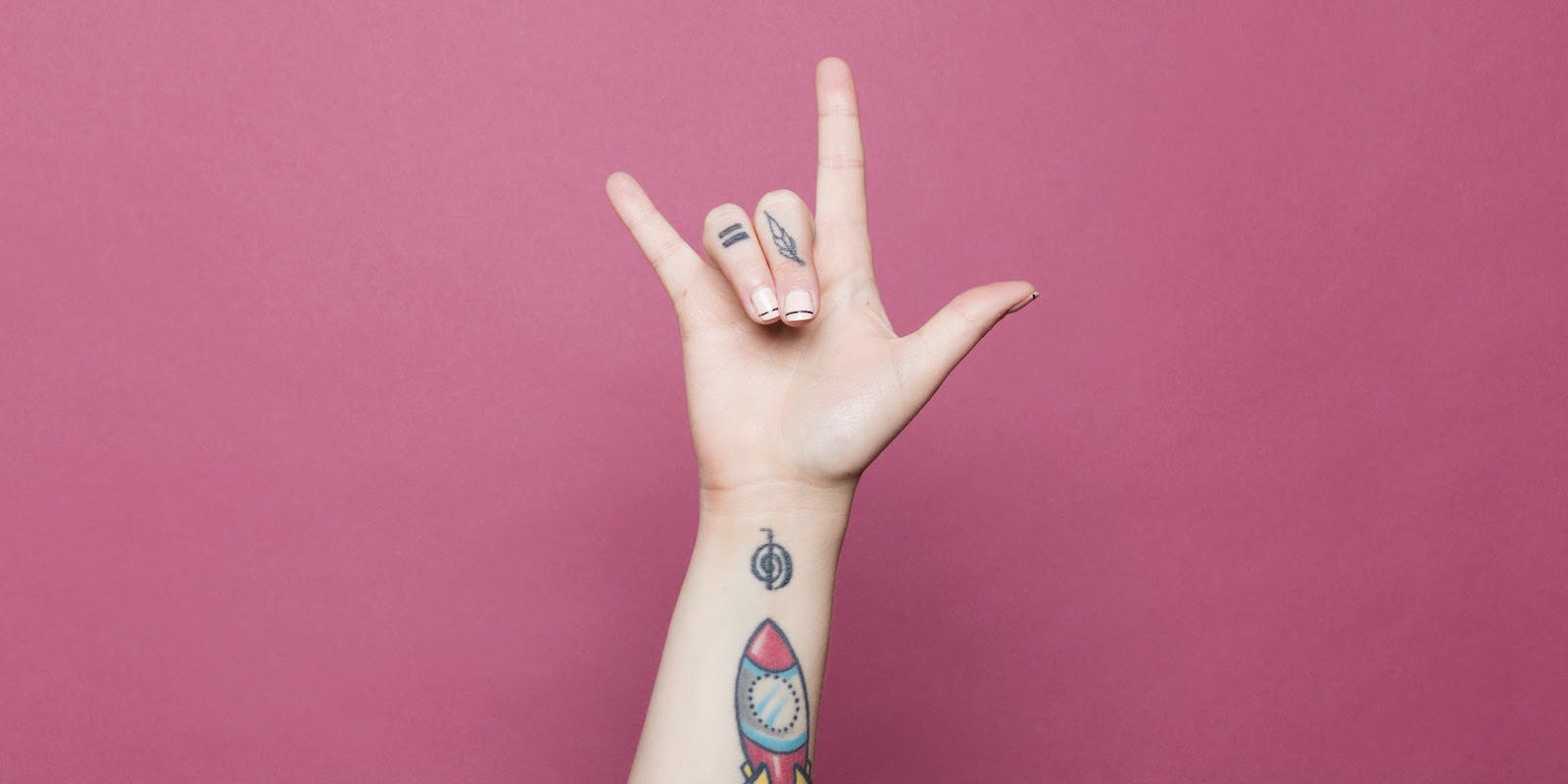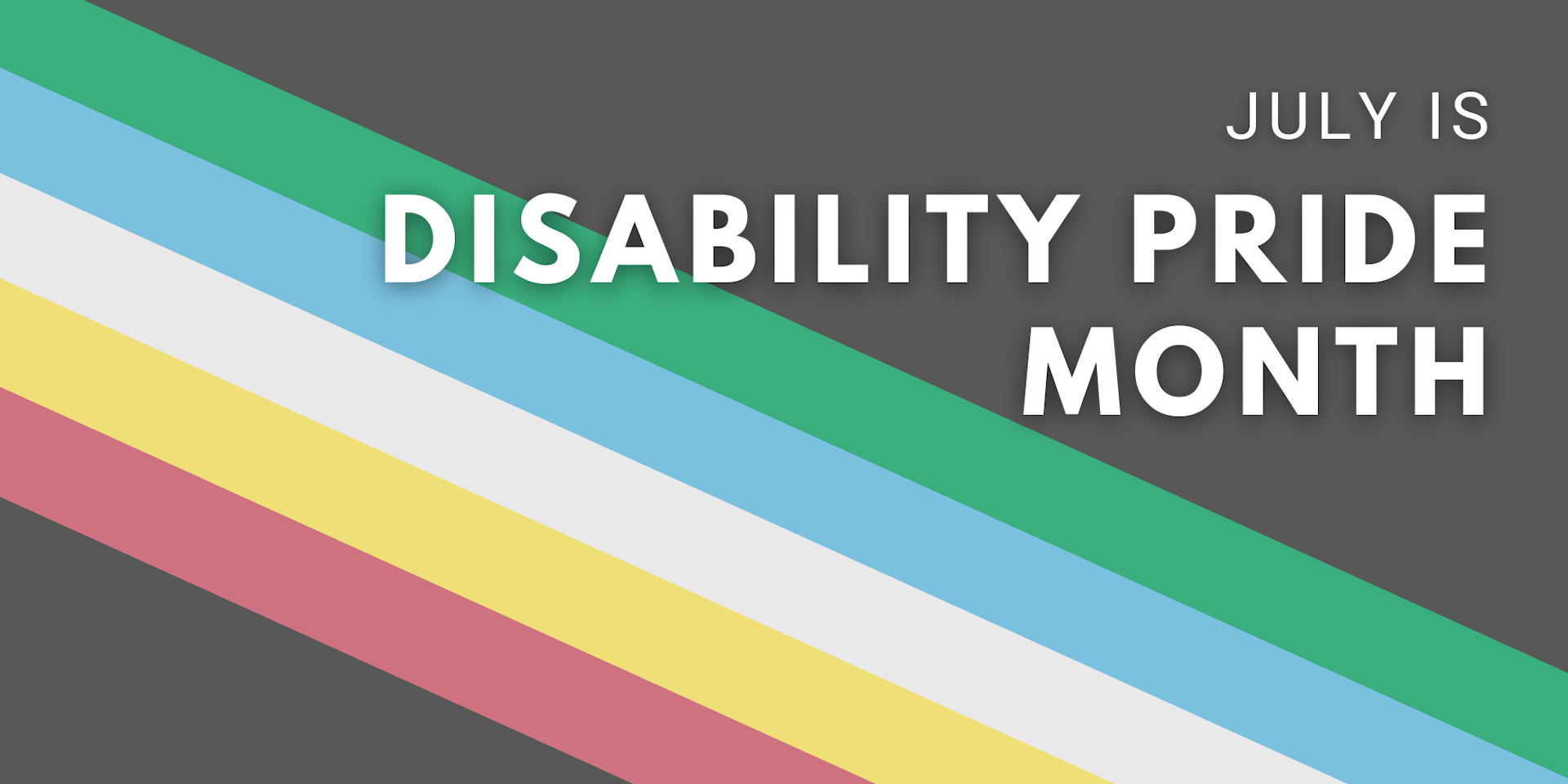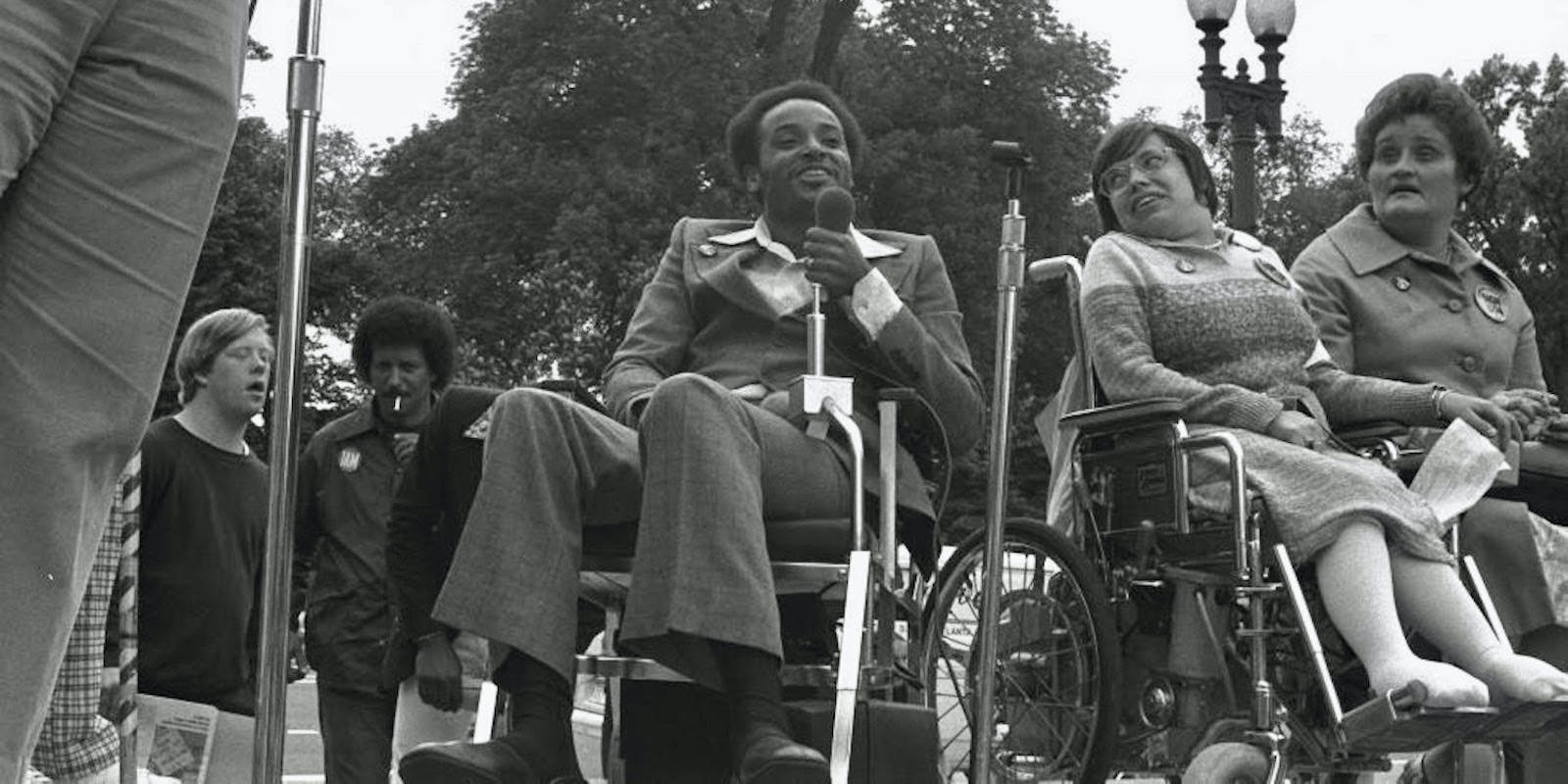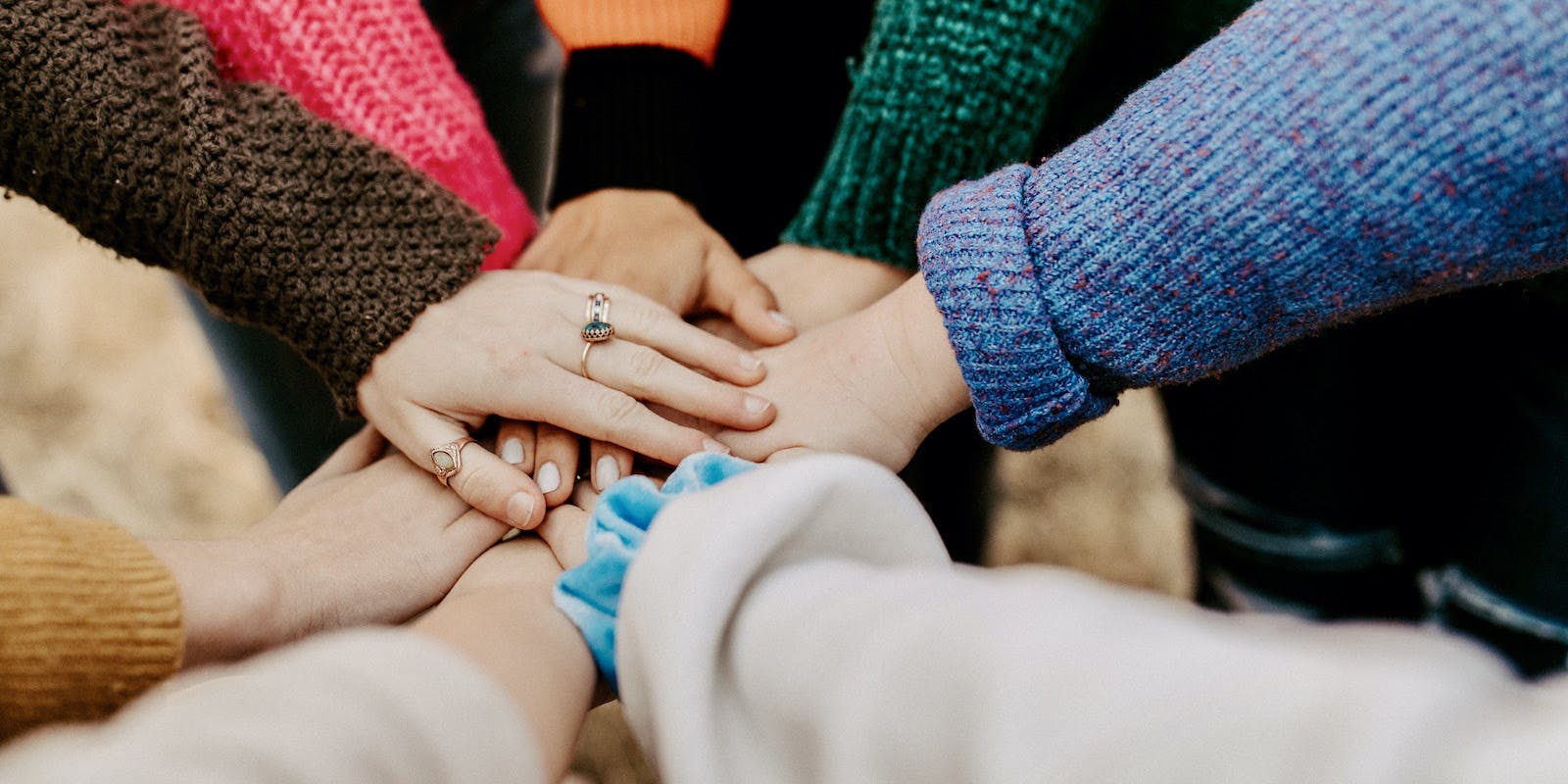PSA: "Disabled" is not a dirty word!

Topics
Welcome to the Dr. B Weekly Roundup, a curated weekly overview that cuts through the noise to deliver vetted reads on Covid-19 and beyond. Disabled is not a dirty word. We might assume it is, given euphemisms that abound: Special needs. Differently-abled. But those terms are not used by most disabled people. And as 1 in 4 Americans lives with a disability, they dismiss the complex experiences of a massive and diverse population. To honor Disability Pride Month this July, we’ve got history lessons + top tips for allies. Let’s get ready to roll with…
- The Checkup: what we’re feeling + needing right now
- Disability Pride 101: history + how to be an ally
- Covid-19: Omicron + how Covid affects disability
The Check-Up:
- Pharmacies can’t refuse prescriptions that may end pregnancy
- Consider concerns about the new mental health hotline
- Can you be "not disabled enough" for the paralympics?
- High cholesterol in kids is common. Here’s what to look for
- A wheelchair user met trouble when needing an abortion
- Get off of me! Why mothers are feeling “touched out”
- Abortion doulas exist and they’re braving the risks
- Why and how to admit that you were wrong
- How to stay cool without AC during a heat wave
- Add disabled authors to your kids’ summer reading list
- These scrumptious iced tea recipes support aging bones!
A quick history of disability pride

Did you know that until 1974, disabled people could be forcibly removed from public spaces through ugly laws?! (Yep, you read that right.)
Enacted in 1867, these laws made it legal to remove, institutionalize and sterilize people with disabilities. Creating generations of neglect and abuse, such laws established a social stigma that disabled people are burdens to society. Given this horrific start, it’s no surprise that disabled people have had to take dramatic measures in their fight for equal rights.
One such powerful event was the 504 Sit-in. By April of 1977, Section 504 of the Rehabilitation Act—which guaranteed equal access to education, housing, polling stations, public transit and more—had remained unsigned after 4 long years of development. So on April 5th, a group of disabled activists gathered at a San Francisco federal building for what would become the longest nonviolent protest at a federal building in U.S. history. After 25 grueling days, the Act was finally signed + disabled people protected as a marginalized group.
In 1990, a two-year old draft of the Americans with Disabilities Act also sat unsigned. On a blisteringly hot March day, hundreds of protesters met at the foot of the Capitol Building, left their wheelchairs, and pulled themselves up 83 steps to the entrance. News coverage of a 10-year old Jennifer Keeling yelling, “I’ll take all night if I have to!” moved and outraged the public and politicians. The ADA was signed on July 26, 1990.
Today, disabled people continue to experience higher levels of unemployment than non-disabled people. They suffered disproportionately during the Covid-19 pandemic and made up 75% of vaccinated Covid-19 deaths—a statistic former CDC director Rochelle Walensky cited as “encouraging news” in regard to vaccine efficacy in healthy people.
Still, the signing of the ADA established July as Disability Pride Month. Disability pride celebrates the inherent worth of all bodies and honors the unique, diverse and complex experiences of disability, transforming a history of stigma into a present of pride.
Let's remember when...

The 504 sit-in protesters didn’t storm their local federal building expecting to stay for almost a month. Some brought vital medications with them. But many were without ventilators, catheters and food.
Before they fell into dire straits, members of the Black Panther Party (BPP) started supplying homemade meatloaf, fried chicken, salad and ribs. “I couldn’t stand it when I saw those bar-be-qued ribs,” joked one protester of how the deliciousness undermined her hunger strike. Later, the BPP would even cover the protestors’ travel expenses to negotiations in Washington D.C.
The Black Panthers knew to show up because Brad Lomax was there.
Lomax had multiple sclerosis. He helped found the Washington D.C. chapter of the BPP, then established an Oakland location of the Berkeley Center for Independent Living in conjunction with the BPP’s education wing. With Section 504 finally secured, protest leaders credited the Black Panther Party with “keeping us alive body and soul,” as one person told the Black Panther Party newspaper—the only paper to continually cover the event.
After the sit-in, Lomax continued to fight for civil rights until his death at age 33 in 1984. Learn more at Good Black News and in the personal stories of sit-in participants.
How to be an ally...

Are you a non-disabled person who wants to work in allyship with disabled people? Here are a few ways to get started.
- Listen: During the pandemic, many aspects of society expanded access. To welcome disabled people to your home, school, event, or other space, ask them what they need to make that happen. Then implement their suggestions.
- Read: These books by disabled and chronically ill authors include memoirs, non-fiction primers, novels and easy beach reads.
- Watch: Crip Camp is a wild + raucous documentary covering disability history + culture. Seen it? Work your way through this list of films + documentaries next.
- Diversify your feed: Scroll #DisabledAndCute and #DisabledIsNotABadWord to learn about the everyday experiences of disabled people. Check out #CripTheVote before you head to the polls.
- Hire disabled people: The absence of disabled people from the workforce is more about socihttps://content.hidrb.com/#/collections/blog_postal stigma than it is about… anything else. Hiring disabled people is good for business. Here’s why.
The latest: pandemic
The “worst” variant is here (CNN). Omicron variants BA.5 and BA.4 have caused a 30% surge in cases worldwide in two weeks. We don't yet know if they cause more severe infection. But their ability to outmaneuver vaccination and antibodies from prior infections concerns health experts. Anxious? Epidemiologists help you plan how to stay safe this summer.
Many try to return to normal from COVID, but disabled people face a different reality (NPR). Safety precautions like mask mandates reduced public risk for immunocompromised people. With those now largely dropped, they are no longer safe. Read about this complicated situation at the link above. Then listen to stories from those feeling left behind.
COVID-19 long-haulers face challenges accessing federal disability benefits (Yahoo).Nearly 1 in 5 people who get a Covid-19 infection have symptoms 6 months later. And while 32,000 claims for disability benefits because of Long Covid have been filed since the pandemic began, not everyone is getting approved. Watch stories from patients to learn more.
Topics
Sign up for the free Dr. B newsletter for a weekly report on the latest in healthcare + research-based advice for staying healthy and mentally well.